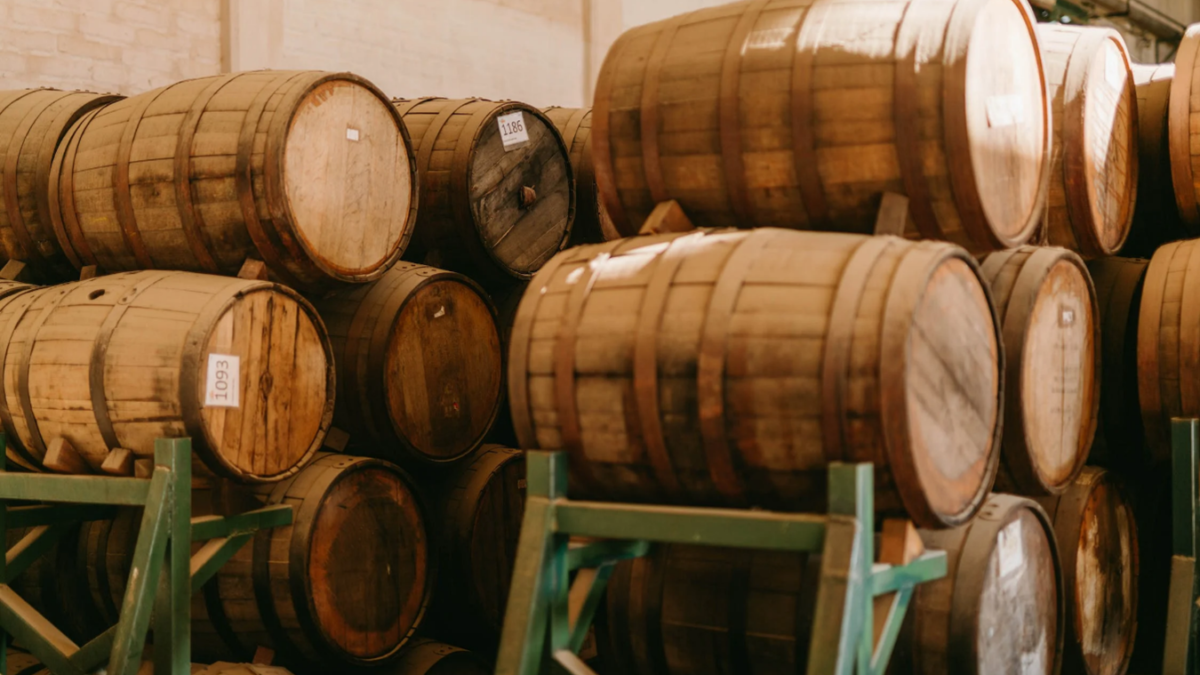The categories and types of tequila

The trend of non-alcoholic distilled beverages
February 19, 2024
Elements to identify on a Tequila label
February 26, 2024In this blog, we will embark on a journey through the categories and classes of tequila regulated by the OFFICIAL MEXICAN STANDARD NOM-006-SCFI-2012, ALCOHOLIC BEVERAGES-TEQUILA- SPECIFICATIONS.
In the universe of Mexican spirits, few have the distinction and history as deeply rooted as tequila. Originating from the arid lands of Mexico, this elixir has evolved from its humble beginnings to become a globally recognized gem.
According to the percentage of sugars used from the agave used to make tequila, it is classified as follows:
Tequila Categories
- 100% pure agave
100% Pure Agave tequila is one in which 100% of the sugars used for its fermentation come from the Agave Tequilana Weber, blue variety. This product must be named only through one of the following legends: “100% agave”, “100% pure agave”, “100% agave”, “100% pure agave”.
This tequila must be bottled in the Authorized producer’s bottling plant, which must be located within the territory included in the NOM.
- Tequila or Mixed Tequila
Mixed tequila is one produced from at least 51% sugars from the Agave Tequilana Weber. The remaining 49% is sugars that come from other sources and can be used to generate the flavor of said agave.
This product must be bottled in bottling plants that are located within the territory included in the NOM and may only be bottled outside of it when the established conditions are met.
Tequila Classes
The classes will depend on the maturation process and storage time.
- White Tequila:
This type of tequila does not undergo a maturation phase in an oak barrel. For this reason, it is often considered the purest tequila, as it is mixed with dilution water and bottled almost immediately after distillation.
- Young or gold tequila
This type of tequila is abocado, that is, softened with other ingredients; syrup, oak extract, caramel, etc. The result of blending white Tequila with rested and/or aged and/or extra aged Tequilas.
- Reposado Tequila
This type of tequila is matured for at least two months in oak or oak barrels. Inside these they acquire additional flavors, colors and smells and it is also a tequila that can be consumed.
- Añejo Tequila
This type of tequila has a maturation process of at least one year in oak or oak wood barrels. These must not be larger than 600 liters so, in such a small space, it acquires greater amber tones. This is a tequila susceptible to being doused.
- Extra aged tequila
This type of tequila must remain for at least 3 years in wooden barrels and, like aged tequila, these must not exceed 600 liters.
As you can see tequila can be enjoyed through a variety of classifications and classes. It is important to mention that each type of tequila has different sensory characteristics and can depend on its production as well as its storage. In order to identify the classification and type of tequila, you can review its label and recognize the most important elements.




